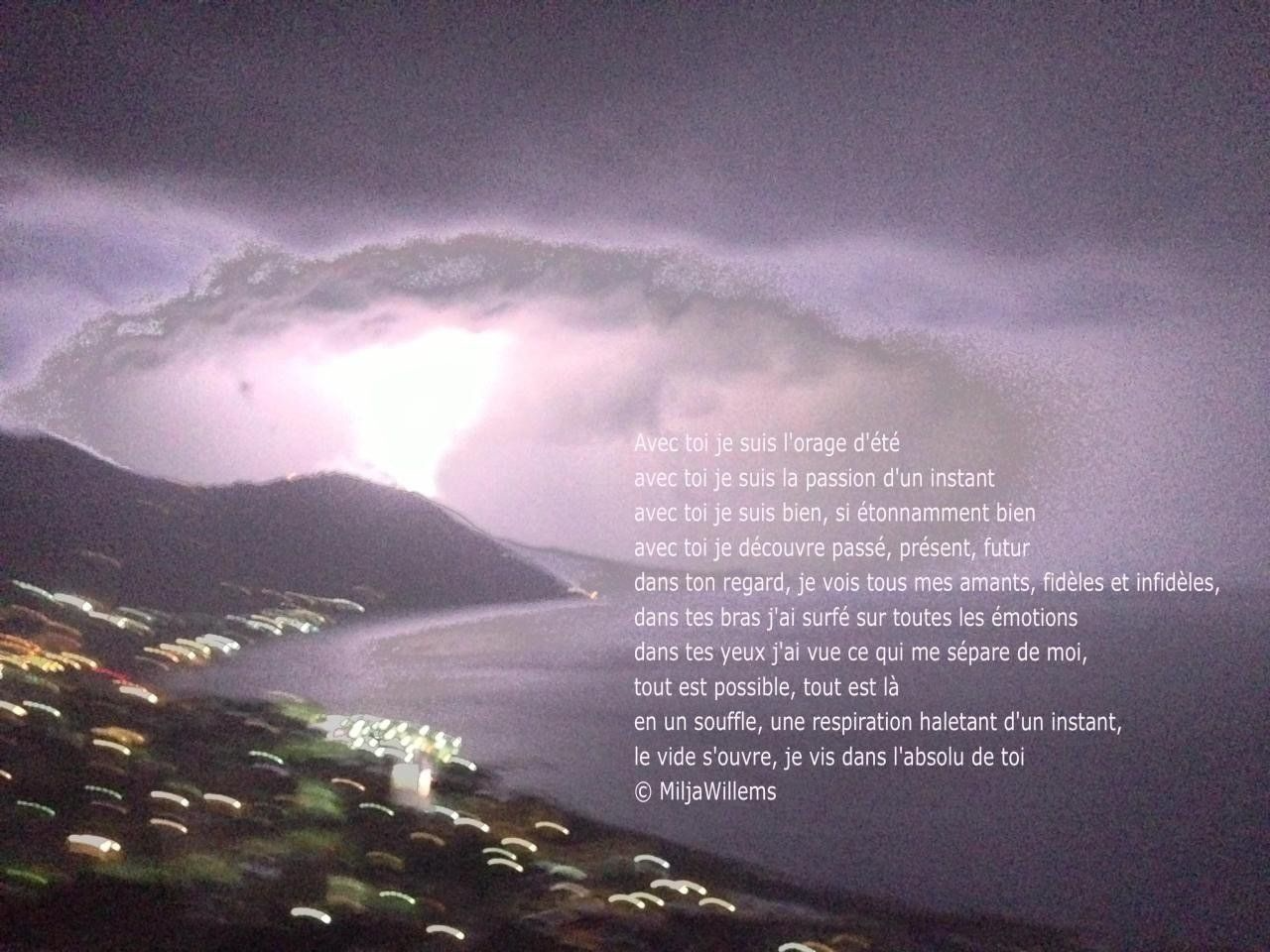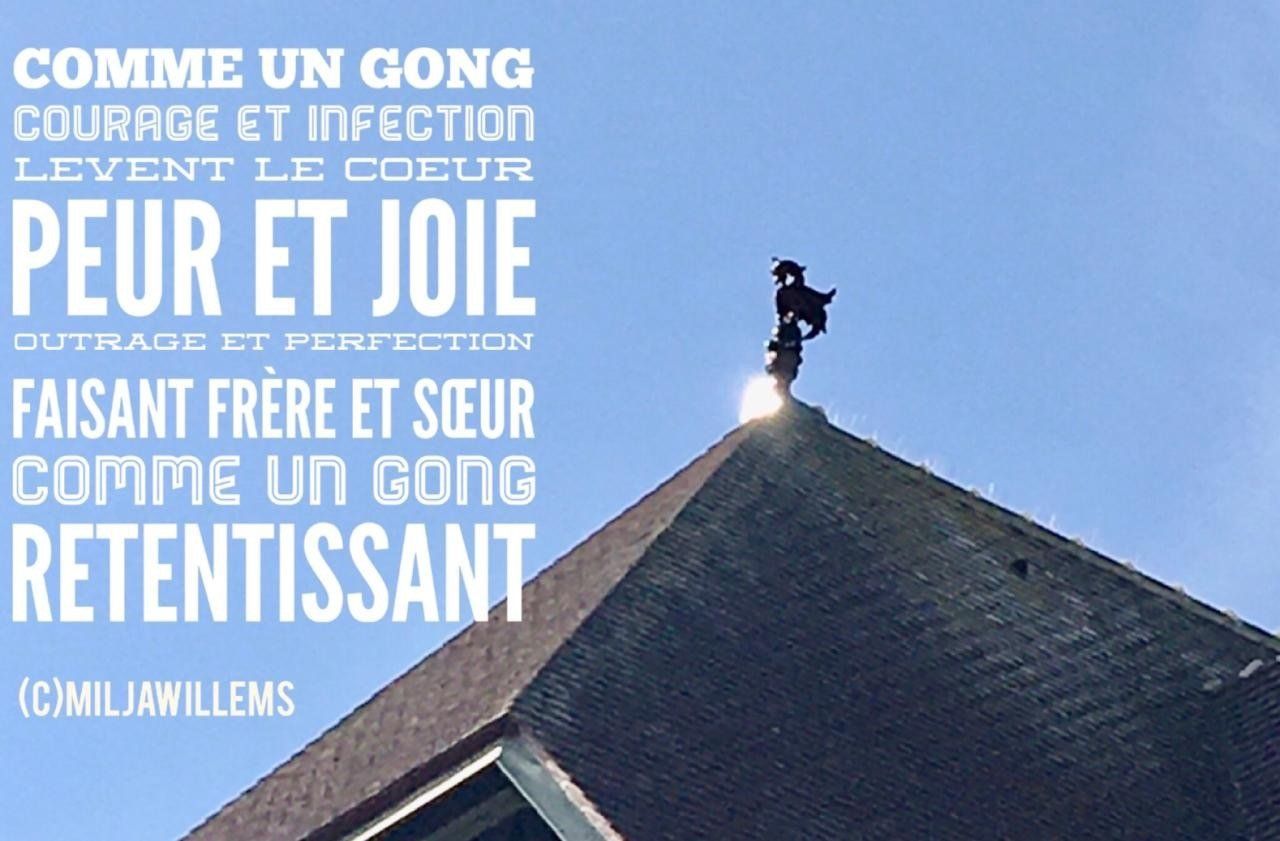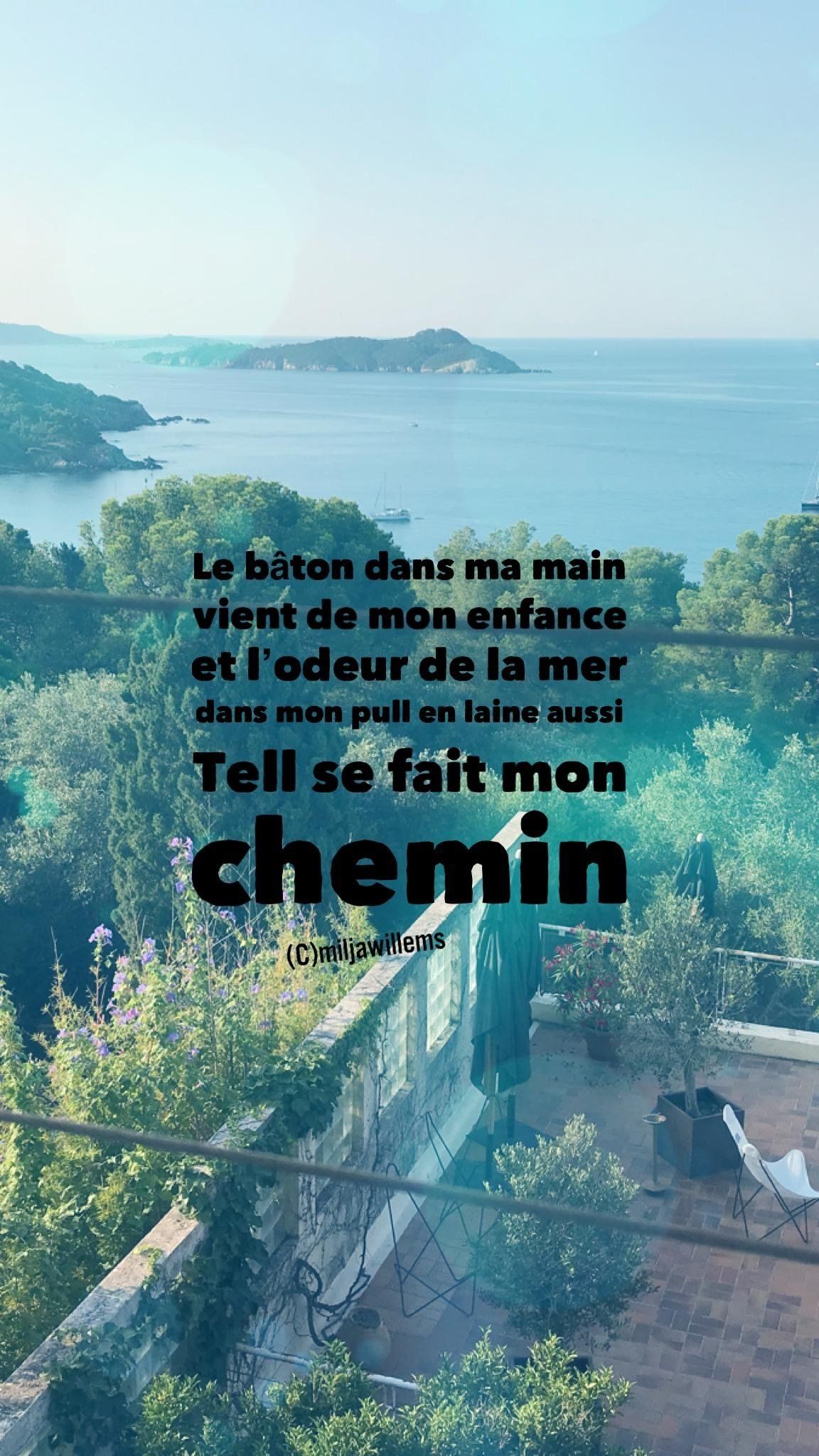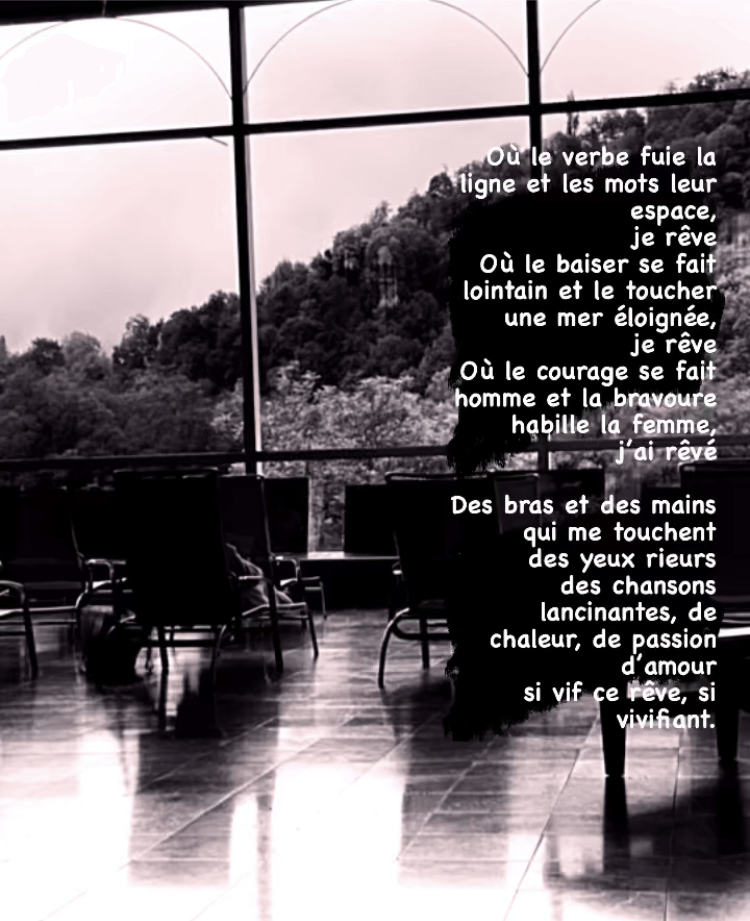PhotoPoetry Blog
What can be the common place between poetry and mediation?
Mediation is a path of virtue to find a solution or outcome in a conflict situation between the parties.
Here we have the term Conflict and Solution.
These two terms are linked to an emotional state of the different parties in a situation.
Fortunately, not every situation is conflictual, the one we are talking about is.
What is conflict for me? It’s a state of confusion from which we cannot escape. Often creating a more or less significant trauma.
I illustrate my sens of it through a poem:
“A light feather
dancing its flight towards the ground
capture your warring gaze
and my word
Before the feather lays down
it vibrates on my words, those which opens
a giant abyss
Then it's feather clings
on this fierce truth
what you wanted to forget
in this moment of veracity
Oh light feather
Messenger of time
Where is the bird who carried you in the wind"
In this poem, the conflict is staged—the conflict between two people, the "you" and the "me." The situation and the feeling are captured by the feather, a light witness to the deep shock between two individuals. The virtue of poetry lies in reformulation: the search for words, rhythm, and silences, much like music. Despite—or perhaps because of—the words, the sounds, rhythms, and pauses open the door to what is felt, rather than simply reflected upon. The poet seeks to move beyond intellect in order to leave space for perceptions, feelings, and the senses.
In mediation, these are the tools that gradually lead to the resolution of the conflict; the space is not for reason or science, but for the unreasonable, for perceptions.
Let us now delve into this poetic dynamic that expresses the process of mediation:
“Justice is an old woman, wrinkled
She looks at her audience, calmly
In front of her,
a group of young people between twenty and thirty-five years old
Old she is, the woman, with a long live
crumpled like a pippin apple, vivid and full of experience,
And she asks herself:
Where do they come from, what do they do, how are they the ones begging ?
She weighs the weighs...
Vulnerable, humiliated, homeless, yet worthy and honest
don't talk nonsense
A tear slips along its folds
The heavy soul balances between law and truth
She said to them: Go ahead and talk!"
Everything is in listening, but a listening that is broader than that of the ear, a perception and compassion are ingredients that we find in poetry and that we find in mediation.
I started poetry out of pure necessity, following the trauma, the death of my father, who wanted to express himself. A door that had closed by a shock that I wanted to open. I was 13, and I needed an escape from my pain. At the time I had no concept of trauma, the word had not yet entered everyday language, nor any need to find an expression for it. But precisely the magic and joining of the two elements created my path towards mediation. The law and its equality has its limits, compassion does not have much room. How can we give shape to the imponderable, the unexpected, the shocking, the indigestible? It is poetry, which refuses the logical and rational organization of words, which seeks like this pen-feather a direct path to the unconscious in order to lay it bare that I have found my way.
The rhythm of poetry versus the rhythm of mediation. Everyone understands that the rhythm in mediation is important, there is a need for space, for the assimilation of the other's words, the integration of their difference. In poetry, the rhythm of words—whether with or without pauses indicated by commas or breaks in the sentence—guides the reader. And in mediation, the emotional accentuation can take place, just as in poetry.
Words and reformulation. In poetry, the search for metaphors creates an image of emotion in space. In mediation, the use of metaphors is a powerful tool for stepping back and becoming an observer of the event. It is a way of reformulating the issue.
But the most unbreakable link in both is the space given to emotion and feeling. We do not manage mediation as a thesis-antithesis-conclusion, but as a sometimes illogical and irrational progression that still creates the space for dissolution -or at least acceptance- of the conflict which is real and cannot be resolved by purely by reason.
Many writers have enriched my mediation practice, numerous poets, but not only them. “Negotiating the non-negotiable”, by Daniel Shapiro was one of the books that helped me understand trauma, “The Balance scorecard” by Kaplan and Norton gave shape to a perception of the world through my eyes, focusing on balance and collective involvement. Then, there’s Mintzberg’s “Structuring Organizations”, which introduced the complexity of communication in business. These are only a few writers, more striking than others, because they each spoke at the time of what we did not want to see and which was nevertheless there. Isn’t this the foundation of a good mediator? Accepting what is “the crisis” and which is not necessarily perceived as such?













